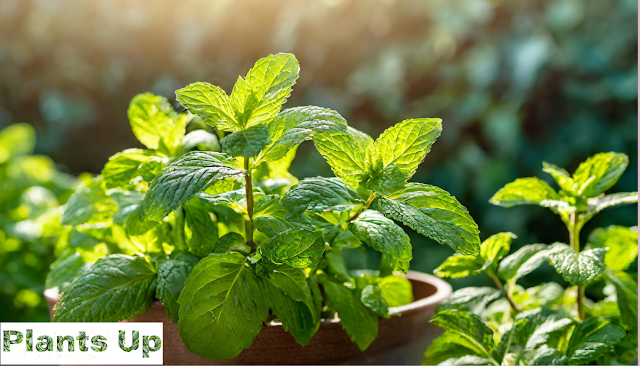 |
| Spider Plant |
Spider plant scientific name is Chlorophytum Comosum. The African plant most of the asparagus family (Asparagaceae) generally spread as an exquisite houseplant. The most famous species feature long grassy green-and-white-striped leaves. Regularly a flower pedicle develops, and tiny white flowers are not continuously produced. Spider plants are replaced over newborn plant-lets, which can later be separated and rooted. Spider plants do simply grow and shine under a kind of condition.
How to grow spider plant
Here are some tips for growing spider plants:
- Spider Plant is very easiest to grow the plant. We only need one small spread of Spider Plant then, we only need to put it into the soil.
- Spider Plant-like cooler temperature — like 55 to 65 F. (13-18 C.)
- Spider Plant also like occasional pruning and cutting them back to the base of leaves.
- Choose the right location: Spider plants prefer bright, indirect light.
Avoid placing them in direct sunlight, as this can scorch their leaves.
They also thrive in temperatures between 60-75°F (16-24°C).
- Use well-draining soil: Spider plants prefer well-draining soil that's
rich in organic matter. You can use a pre-mixed potting soil or make
your own by mixing equal parts of peat moss, perlite, and vermiculite.
- Watering: Spider plants like to be kept moist, but not overly wet. Water
them thoroughly when the top inch of soil is dry to the touch. Avoid
getting water on the leaves, as this can lead to fungal diseases.
- Fertilizing: Spider plants benefit from regular fertilization during the
growing season (spring and summer). You can use a balanced fertilizer
every two weeks, or a slow-release fertilizer once a month.
- Repotting: Spider plants can quickly outgrow their pots, so it's
important to repot them as needed. Look for signs of overcrowding, such
as roots growing out of the drainage holes or the plant becoming
top-heavy.
Brown leaves of Spider Plant
- If you notice your Spider Plant tips turn brown. So, don't worry it happened due to over watering and under-watering.
- We need to check our Spider Plant soil is it moisture or dry.
- If the soil looks like moisture then, over watering is the reason for brown and yellow tips.
- If you notice the soil is dry then, obvious it happened due to lack of water.
In addition to improving air quality, spider plants can also have a positive impact on mental health. Research has shown that caring for plants can reduce stress, anxiety, and depression, and increase feelings of well-being. Spider plants are particularly beneficial in this regard, as they are low-maintenance and easy to care for, making them an ideal choice for beginners or those with busy schedules.
Spider plants can also help increase productivity and creativity. Studies have shown that having plants in the workplace can improve focus, concentration, and productivity. In addition, being surrounded by greenery can stimulate the brain and increase creative thinking.
Finally, spider plants are great for improving the aesthetics of your home. Their long, trailing leaves can add a touch of natural beauty to any space, and they are versatile enough to be displayed in a variety of ways. Whether hung from a basket or displayed on a shelf, spider plants are sure to brighten up any room.
There are several other interesting facts and tips that we have about spider plants, including:
They are air-purifying plants: Spider plants have been found to be effective in removing harmful chemicals from indoor air, such as formaldehyde, benzene, and carbon monoxide. This makes them an excellent choice for improving indoor air quality and reducing the risk of respiratory problems.
They are safe for pets: Spider plants are non-toxic to cats and dogs, making them a great choice for pet owners who want to add some greenery to their home without worrying about the safety of their furry friends.
They can grow in water: Spider plants can be grown in water instead of soil, which makes them an ideal choice for those who want to add some greenery to their home but do not have access to soil or want to avoid the mess that comes with it.
They can produce flowers: While spider plants are often grown for their foliage, they can also produce small white flowers on long stems. These flowers can add some visual interest to the plant and attract pollinators such as bees and butterflies.
They are easy to propagate: Spider plants are easy to propagate by dividing the plant or by rooting the plantlets that grow on the long stems. This means that you can quickly and easily multiply your spider plant collection and share them with friends and family.
A Bonus Tip
Thank you for taking the time to read about the wonderful spider plant and its many benefits. We hope that this information has been helpful and informative. Don't forget to share your spider plant success stories with us and feel free to ask any questions you may have.
How to propagate Spider Plant click here: https://www.plantsup.in/2023/08/how-to-propagate-spider-plants.html
Happy Gardening!
